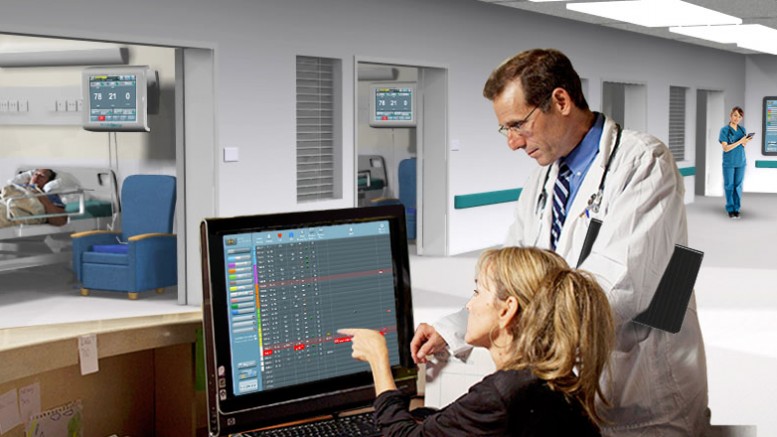Clinical Evaluation Flags 91 Events through Continuous Monitoring; Highlights EarlySense as Safety Tool for Hospitals and Skilled Nursing Facilitates
EarlySense, the market leader in contact-free continuous monitoring solutions across the care continuum, today announced that its system has been found to detect and alert for respiratory depression with high positive predictive value, according to a clinical poster presented at the 2018 American Thoracic Society (ATS) Conference.
The study highlights the use of EarlySense’s continuous monitoring platform to effectively monitor respiratory rate of patients on opioids.
“One of the key complications resulting from opioid use in hospitalized patients is respiratory distress that can lead to ICU transfers and sadly, even death. Moreover, respiratory depression is a key risk factor across the healthcare continuum, from hospitals to skilled nursing facilities,” explained Michael Wong, JD, Executive Director of The Physician-Patient Alliance for Health & Safety (PPAHS). “For this reason, all patients receiving opioids should be continuously electronically monitored, to help provide early detection of the risk of respiratory depression and enable timely intervention.”
The study analyzed 6,590 hospitalization days – more than 160,000 hours of monitoring via the EarlySense system – and detected 91 events of respiratory depression. The positive predictive value of 70% of events detected by the EarlySense system were classified as respiratory depression or sleep apnea related. Additionally, the study indicated a very low false alarm rate – less than one in 5,000 hours of monitoring, translating to just one false alarm every seven months. The study also covered a range of care units and highlighted the variance in incidence rate. Long term care units had the lowest incidence rate of respiratory depression, while post-op units had the highest.
“This data highlights the value and accuracy of EarlySense analytics to provide health teams with an effective tool to monitor and improve care for patients at risk of respiratory depression,” said Zvika Shinar, Chief Scientist of EarlySense. “Continuously monitoring the respiratory signal provides a rich data set that enables delivery of highly actionable insights to clinicians. These results coincide with a new patent we received on advanced respiratory analysis for clinical deterioration detection.”
“Measuring vital signs every four hours is an outdated and dangerous practice. Patients on our hospital wards deserve continuous vital sign monitoring so they are not found ‘dead in bed,’ and EarlySense is an excellent option,” added Dr. Frank Overdyk, a Charleston-based anesthesiologist and expert on respiratory compromise.
EarlySense’s FDA-cleared and CE-approved solutions are used by healthcare facilities around the world. The company holds several patents on detecting and predicting respiratory patterns and episodes through the use of a contact-free sensor. EarlySense recently received its 25th US Patent, covering the analysis of respiratory signal shapes for early warning of deterioration. The combination of accurate identification and prediction enables proactive intervention by health teams and enhanced patient safety.

